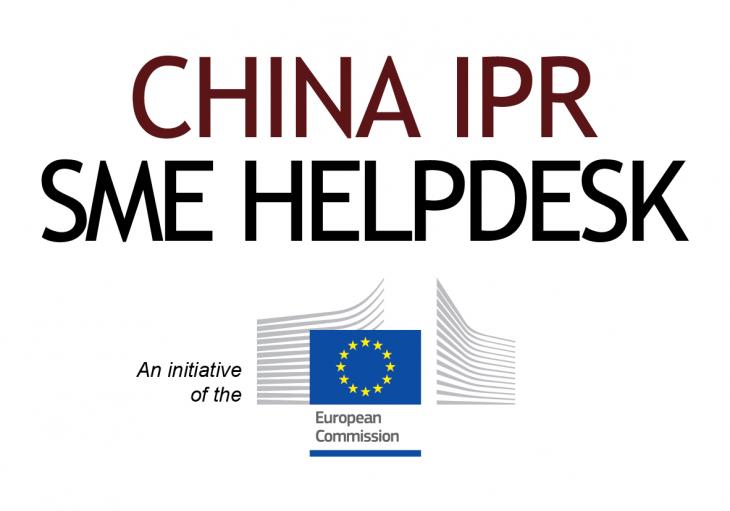How to protect the interior design of shops in China
In 2011, the residents of Kunming, a city in the Southwest region of China, were delighted to find out that an IKEA shop had been established there. In actuality, the store is an enormous, multi-level copycat shop that sells modern IKEA-like furniture and even copies the distinctive blue and yellow branding. The residents soon realised it was a fake, but have little choice, as the closest real IKEA is in Chongqing, 940km away.
Store layouts, colours and designs become synonymous with a brand, so imitation of a store interior is very damaging to companies. At times, it is increasingly difficult to separate the real from the fake.
There is a saying in China, ‘山高皇帝远’ (shāngāo huángdìyuǎn), which means ‘the mountains are high, and the emperor is far away’. This perfectly encapsulates the reason why some counterfeiting still happens in China, particularly in more remote areas, like Kunming.
For companies which focus on the interior design of shops, there are three types of Intellectual Property (IP) protection available to businesses: trade dress, copyright, and design patents.
Trade dress covers the theme and elements of interior design in a commercial space. This must be unique, with distinctive characteristics, in order to clearly signify the products’ source to consumers. Attention should be paid to whether a design is source-designating or just decorative, as this is usually determined by the reaction of customers. If a theme is not distinctive, then it must be show that the interior design has become distinctive in the minds of consumers who associate it with the store’s brand. China’s Anti-Unfair Competition Law provides some protection for unregistered trade dress, as well as trademarks, packaging, and trade secrets.
Copyright covers instructions, architectural designs, and industrial and graphic designs. Unlike patent and trademark protection, copyrighted works do not require registration for protection. China grants protection to people from countries belonging to international copyright conventions of which China is a member. However, copyright owners may wish to register voluntarily with China’s National Copyright Administration (NCA) to establish evidence of ownership, should enforcement action become necessary.
Design patents cover ornamental designs of functional items, such as furniture. Unlike in Europe, no protection is offered to unregistered designs in China; it is a first-to-file jurisdiction. On top of that, designs must be novel. This means the design cannot have been disclosed to the public before the application is filed, otherwise it could be invalidated later. If you plan to apply for a design patent in China, therefore, make sure your design is treated as a trade secret and not made public in any country before the application has been made.
Despite imitation being the highest form of flattery, the number of counterfeit shops is diminishing and there is greater emphasis on the need for creativity and authenticity. Chinese consumers are more discerning and affluent than ever before and want to display this by buying genuine (and not fake) products. This at least should inspire some confidence in European businesses thinking about entering China, and reassure them that, if they put the right IP strategy in place, then it will pay off more often than not.
The China IPR SME Helpdesk supports small and medium sized enterprises (SMEs) from European Union (EU) member states to protect and enforce their Intellectual Property Rights (IPR) in or relating to China, Hong Kong, Macao and Taiwan, through the provision of free information and services. The Helpdesk provides jargon-free, first-line, confidential advice on intellectual property and related issues, along with training events, materials and online resources. Individual SMEs and SME intermediaries can submit their IPR queries via email (question [at] china-iprhelpdesk.eu ()) and gain access to a panel of experts, in order to receive free and confidential first-line advice within 3 working days.
The China IPR SME Helpdesk is an initiative by the European Union
To learn more about the China IPR SME Helpdesk and any aspect of intellectual property rights in China, please visit our online portal at http://www.ipr-hub.eu/.
